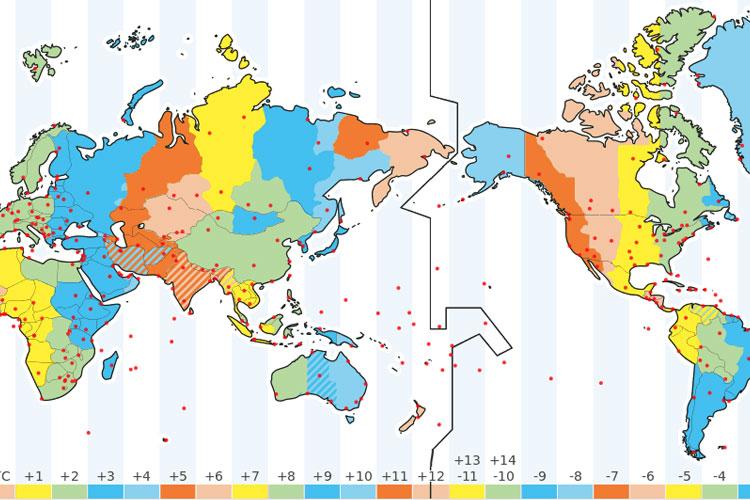Of course, a teacher can't just say "economy" and expect the kids to know what he's talking about.
Yesterday, we reviewed the 4 types of economies:
- Traditional
- Market
- Command
- Mixed
We discussed the common thread between them - they all deal with how things are made, sold or traded for, and bought.
We also looked at their differences. A traditional economy is based off of necessity and availability. A market economy is based off supply and demand. In a command economy, the government dictates production, distribution, and consumption.
And of course, a mixed economy is a mix of the others.
For instance, here in the United States, we're primarily a market economy. However, the government does tell us there are certain things we're not allowed to make. Can you think of any?
So, although we're a market economy, we're at least partially a command economy as well.
We discussed supply and demand - the less you have of something people want, the greater the value. To illustrate this point, I told students a couple stories about aluminum. (Students, if you remember any of the stories, quickly retell them now. ...If not, feel free to click this link.)
We'll be discussing the economy (and how it ties in with culture) for the next several days. Often, we'll do this through the lens of The Hunger Games, which depicts each type of economy.
One of the last things we studied and learned about was GDP. Yesterday, after the bellwork, we played a computer game organizing countries by GDP. (One might argue we were also looking at the standard of living for each of those countries, but it's a little more complicated than that.)
You should check out the game, too. In fact, students, to get extra credit today, challenge whoever it is you're reading this blog post with. Let me know who wins. Write it down on a scrap of paper, along with what they thought of the game. Make sure your name, date, and hour are on it. Turn it in tomorrow.












